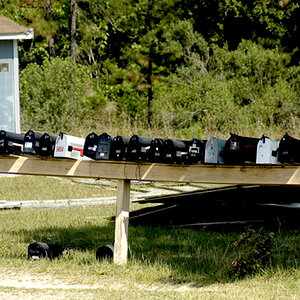- Joined
- Sep 13, 2013
- Messages
- 1,545
- Reaction score
- 636
- Location
- United States, PNW
- Can others edit my Photos
- Photos OK to edit
Never developed my own film. Sure I've shot it and got it processed etc etc.
Anyway.
Just bought a new house and there's an ideal "darkroom" included. Totally dark!
What do I need to develop my own Black and White images? I shoot B&W film from time to time.
Is anybody able to list for me the basic requirements and processes?
Anyway.
Just bought a new house and there's an ideal "darkroom" included. Totally dark!
What do I need to develop my own Black and White images? I shoot B&W film from time to time.
Is anybody able to list for me the basic requirements and processes?



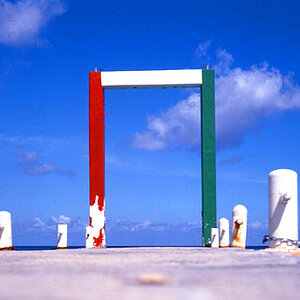

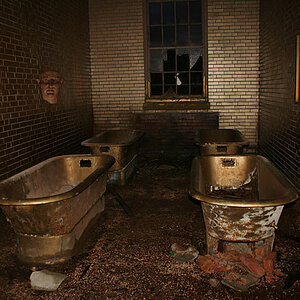
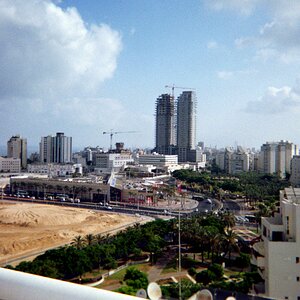
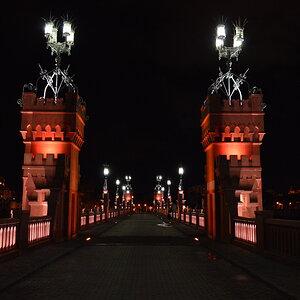
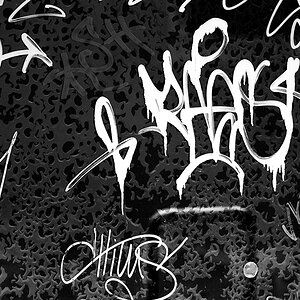
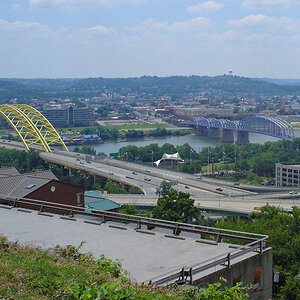

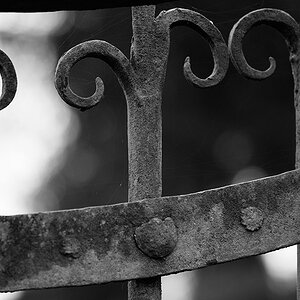
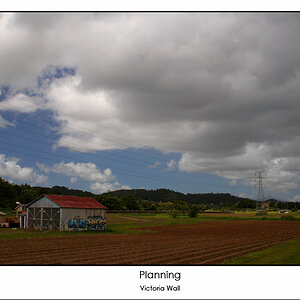
![[No title]](/data/xfmg/thumbnail/34/34041-c8aed4d2c55b167d1ec03d9cfbaca453.jpg?1619736250)
